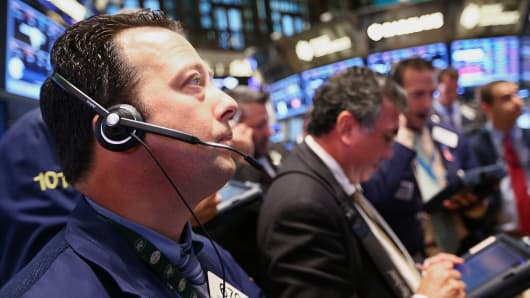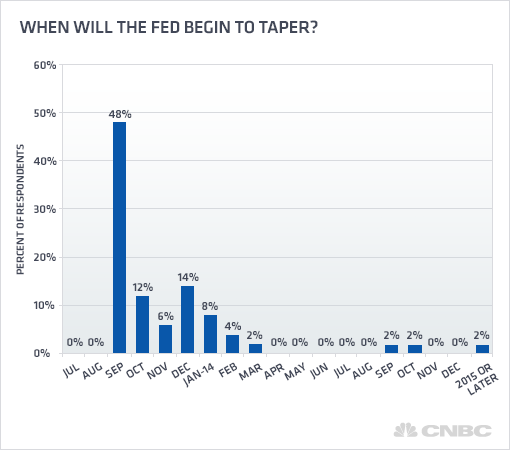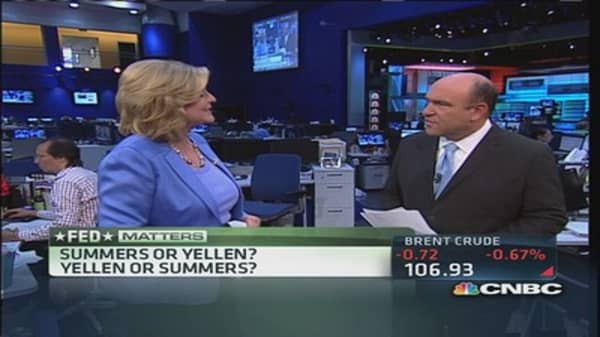Survey respondents, who include economists, strategists and fund managers, believe about 66 percent of the impact of tapering is already priced into both the Treasury and mortgage markets. But they say only about 58 percent of the impact is priced into equity markets, suggesting that stocks could get hit a bit harder when and if tapering becomes a reality.
"The discussion about when the Fed tapers misses the point," Guy LeBas of Janney Montgomery Scott wrote in response to the survey. "The power of QE-infinity was that it was an open-ended program. Now it no longer is. Therefore most of the damage to the bond markets was priced in when QE-infinity became QE-for-a-little-while."
(Read more: Wall Street wants Yellen, not Summers, as next Fed chief)
But Tony Crescenszi thinks the market may have overstated the impact. "The tale of the taper terror is tame: forthcoming reductions in the Fed's bond buying will be offset by reductions in issuance of mortgage-backed securities and Treasury securities," Crescenzi said. He noted that the Fed had been purchasing 45 percent of the total new issuance of mortgages. But if higher rates reduce that amount, the Fed will be buying 65 percent of the new issuance if it doesn't taper. Even a $10 billion taper of MBS purchases would keep the Fed's purchases at 55 percent of the market, he said.
Survey respondents see the Fed on track to halt QE entirely in July, 2014. That's a month later on average than the prior survey. The first rate hike is still seen coming in the second quarter of 2015.
Some want the Fed to act sooner and cut more aggressively. "The problems holding back economic growth are not monetary in nature and the risk of deflation is very low," wrote John Ryding of RDQ. "The Fed should taper more quickly and exit from zero rates. It won't, however!"













